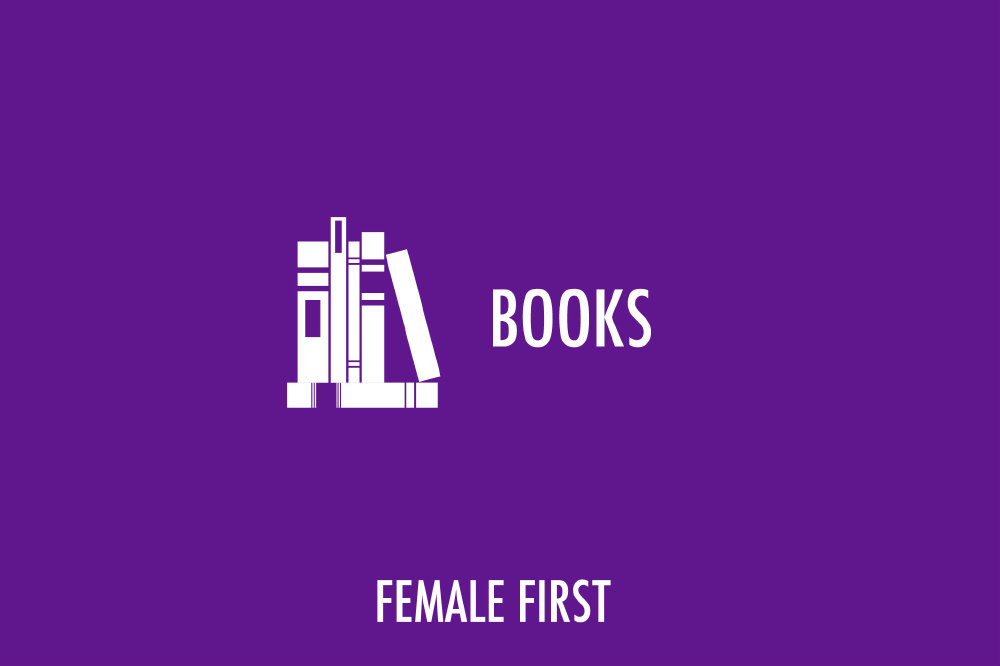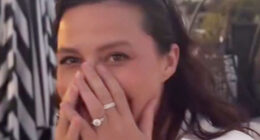People often qualify my writing as cinematographic. They can see it all as they read. Maybe that’s because I see it all when I write — not just static images, the whole film of my novel is being projected in a screen in my mind, scenes, camera shots, wide or close-up, and I transcribe it all on a Word document. It’s an odd thing to say for an author, but films have taught me so much about how to writing compelling fiction.

Laure Van Rensburg by Simon Simpson, Penguin Random House
Films taught me about settings, painting a picture with well-thought and crafted camera shots — who can forget The Shining opening credit, the arial shot, following the car along, showing the audience how remote the location is without using words, and the use of the music telling you straight away the kind of story your about to watch. That is an effect I strive to recreate using words. A film which has influenced my debut, Nobody But Us has been Taylor Sheridan’s Wind River. The opening scene with a woman running across the snowy wilderness and alternating a wide shot showing the vastness of the land, contrasting with the tiny silhouette running across, and close-up shots for the viewers to connect with the victim and experience up close her distress. While writing I thought a lot about when to go up close and zoom on a character, and when to pull back and concentrate on setting. If you want to learn more about creating a sense of place I also strongly recommend checking out Denis Villeneuve’s films.
As a teenager, films taught me about language too — English to be precise. Listen and repeat, listen and repeat. To this day there are still entire dialogues from Heathers or Pretty Woman I know by heart. Dialogue can make a film. How many of us can name a film just by a memorable line (say hello to my little friend, here’s looking at you, kid, etc…). Film dialogue has certainly influenced my use of dialogue — the
READ RELATED: Bridgerton Season 2 becomes most-watched English language series on Netflix
fluidity of the exchange, the authenticity, the subtext. Films such as Juno, Pulp Fiction, the Social Network or Good Will Hunting are masterclasses in what clever dialogue can achieve. The secret of crafting great dialogue in a book is the same as in a film — read it out loud, listen to the rhythm, and the flow to know if it works.
In addition to being influenced by my love of cinema, Nobody But Us is an homage to huis-clos films. A sweeping saga is great, but there is something truly special about the ability to hold an audience captive for two hours using a limited cast confined to one location. Films such as Rear Window, Garde A Vue, Hard Candy, or 10 Cloverfield Lane come to mind.
I love films. If I’m lucky, one day, Nobody But Us might end up on the big screen; it won’t remain images just in my head. In the meantime, I will be watching the film of book two and transcribing that.
About Nobody But Us
Steven Harding is a handsome, well-respected professor. Ellie Masterson is a wide-eyed young college student. Together, they are driving south from New York, for their first holiday: three days in an isolated cabin, far from the city. Ahead of them, the promise of long, dark nights – and the chance to explore one another’s bodies, away from prying eyes. It should be a perfect, romantic trip for two. Except that he’s not who he says he is. But then again, neither is she…
About Laure Van Rensburg
Laure Van Rensburg is a French writer living in the UK and an Ink Academy alumna. Her stories have appeared in online magazines and anthologies such as Litro Magazine, Storgy Magazine, The Real Jazz Baby (2020 Best Anthology, Saboteur Awards 2020), and FIVE:2:ONE. She has also placed in competitions including 2018 & 2019 Bath Short Story Award. Nobody But Us is her first novel. www.laurevanrensburg.com | Twitter: @Laure0901 | Instagram: @Laurevanrensburg

Source:






